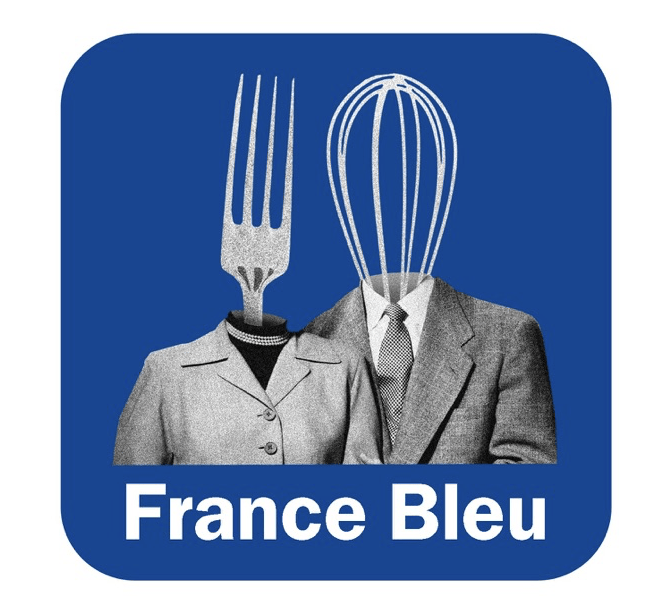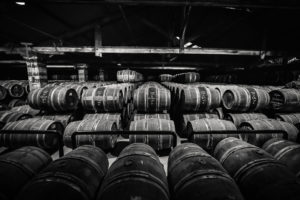I don’t know much about NFT… However, like a number of you, I hear about this new financial product that combines art and dollars (it rhymes). To be more precise, NFTs are Non-Fungible Tokens, which translates to Jeton Non Fungible (JNF). There are NFTs in wine, but do they exist in the world of sake? Before answering this question, a quick update on NFTs to get started…
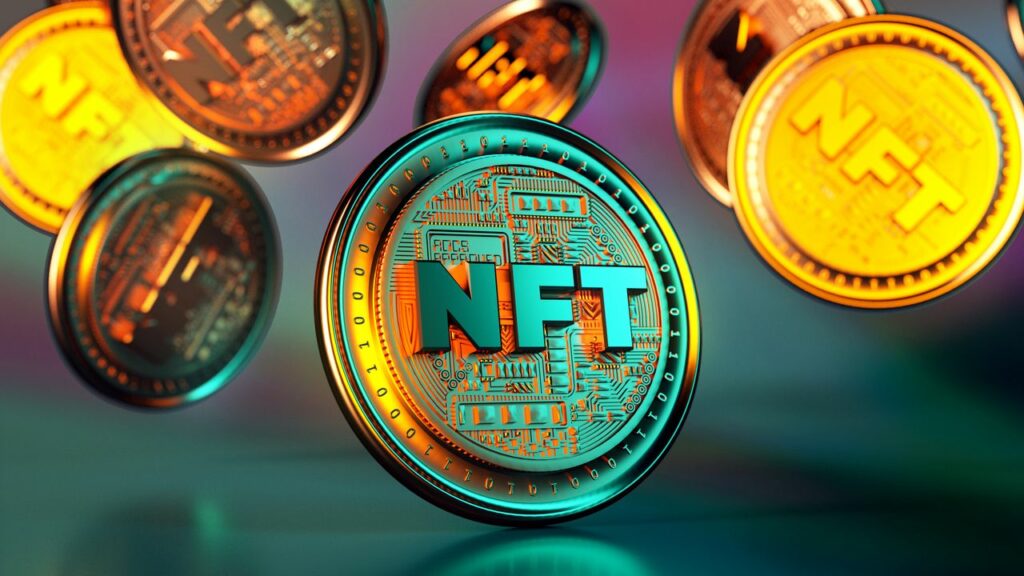
The NFT is “a computer object which is stored and identified using a blockchain protocol to which a digital identifier is attached”. And this is what makes it unique and non-fungible (and perhaps non-fungal as I wanted to write, but that’s another debate). This token will grant rights (property rights for example) on a real or virtual object. The owner, who generally buys in cryptocurrency, is associated with this token by an account. As the latter is non-fungible, its owner is guaranteed unique and this is what gives value to the token.
There is a smart contract that is generated when the buyer of a token becomes its owner. It is often a smart contract with the Ethereum blockchain but we are seeing the development of other blockchains specific to the management of NFTs. There are different types of NFT: game NFT, certificate NFT (property titles, patents, domain names, etc.), reward NFT (bonus, promotion, loyalty program, etc.) and Art NFT. NFTs have really gained popularity in 2021.
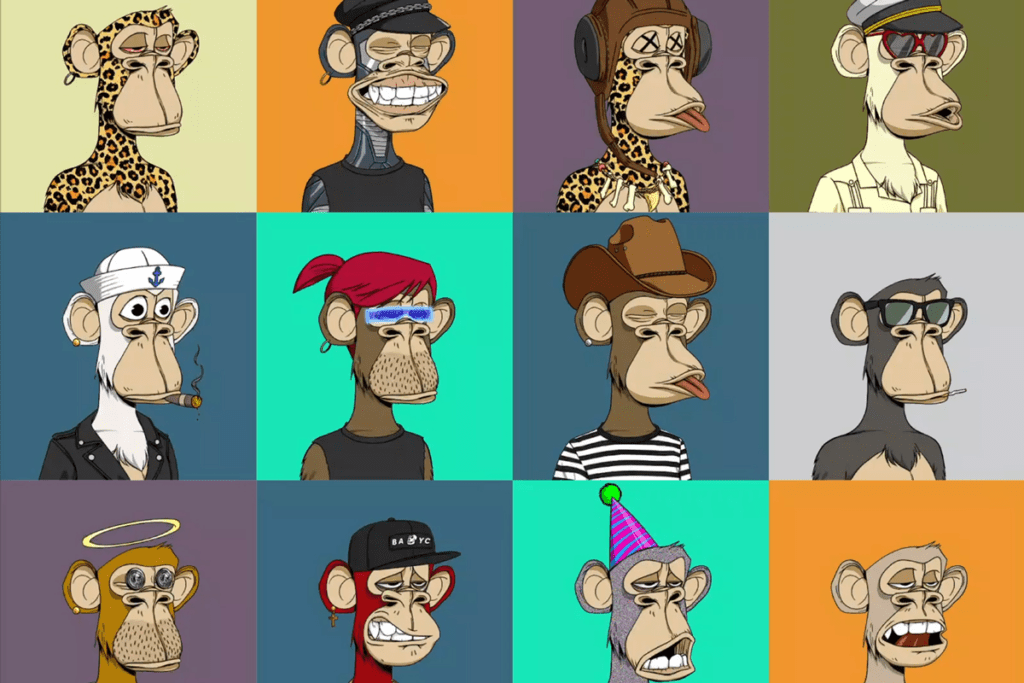
I think we very often hear about NFTs as real or virtual works of art. This gives power to the token because there are no limits to creation, especially virtual. But be careful, the property is attached to the token and not necessarily to the object associated with the token. Jean-Paul Delahaye (great French computer scientist and mathematician) will compare the NFT to an autographed photo (of Johnny Halliday for example). It is non-fungible because the dedication is unique and it belongs to the person who receives the dedication. Therefore, she has rights to it and can file a complaint if this photo is stolen from her. On the other hand, he does not own the photo itself or Johnny Halliday.
The next question is “why”? Why invest, what is it for? According to the KPMG firm, NFT buyers are young men aged 35 or less who have a high tolerance for risk while looking for significant returns and who like to speculate on the markets.
Investors answer this question of why with several points:
– Have a unique relationship with a creator: support them and make them known.
– Speculating: it’s an investment.
– Take advantage of the feeling of scarcity: since the token has a single owner, this offers scarcity and can therefore increase prices.
– Collecting: NFTs are used by those who want to collect art.
However, we must not forget that this is a very volatile market. The value of the investment can soar but also collapse. It is based on scarcity and above all on market sentiment about the reputation of an NFT at a given time. There are many negative aspects to this investment (lack of liquidity, piracy, scams and copyright issues, risks linked to the inaccessibility of the NFT, wash trading with inflated prices, copyright infringement, data theft by hackers, etc.).
This article is not intended to take you into what NFTs are because the more I read on the subject, the more I tell myself that you would definitely have to buy a book to understand everything. So I hope this little introduction allows you to understand just the basics, in a very simple way, of NFTs.
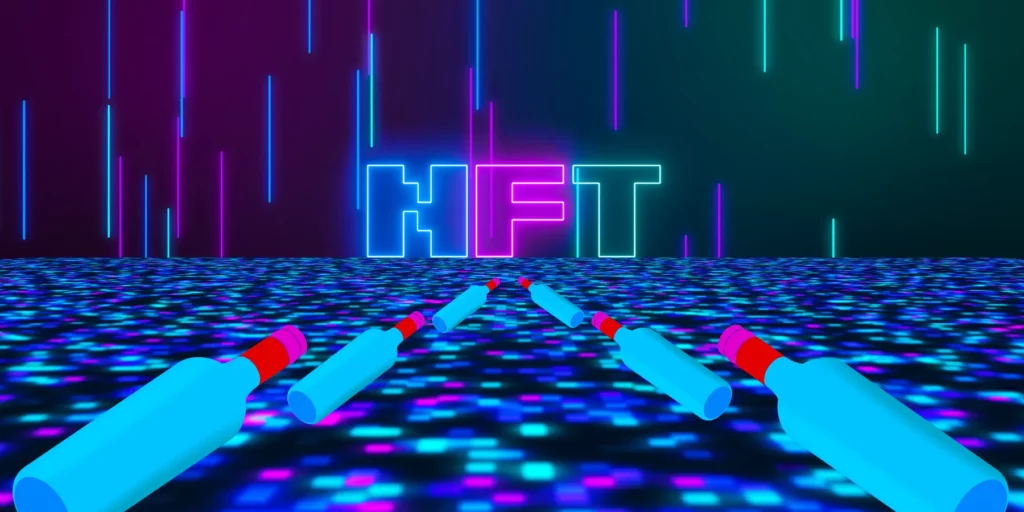
In the world of wine, we are seeing NFTs gradually develop. The startup Intercellar successfully entered this niche in 2023. The two young founders sell (physical) wines on their site but also an NFT twin. Thus buyers become owners of a wine (item) but also an NFT. Several advantages are offered to buyers in the world of wine: guaranteeing the authenticity of a bottle via its NFT twin (in a market where counterfeits represent 530 million euros of loss in terms of sales according to a 2016 report), make a direct sale without intermediaries thanks to a club of NFT holders, store the wine at the castle in an optimal way while having the possibility of changing hands of the token (consequently, the physical bottle does not move until the end consumer asks to have it in order to consume it)… Châteaux Pape Clément, Smith Haut Laffite, Edmus and Malartic Lagravière in Bordeaux are pioneers in the field. But in Burgundy, in the Rhône and abroad, wine producers are not left out. There are essential sites like WokenWine or WineChain.co.
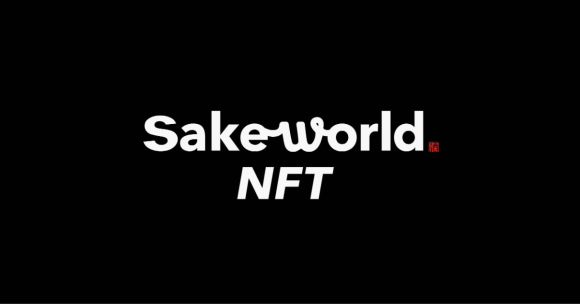
And what about sake?
Apparently, sake has already taken a step into NFTs with big names like Dassai from Maison Asahi who collaborated in August 2022 with an artist to create works of art inspired by his sake. The Irish artist is called Kevin Abosch and the collection is called Sublimata. 777 NFTs were created.
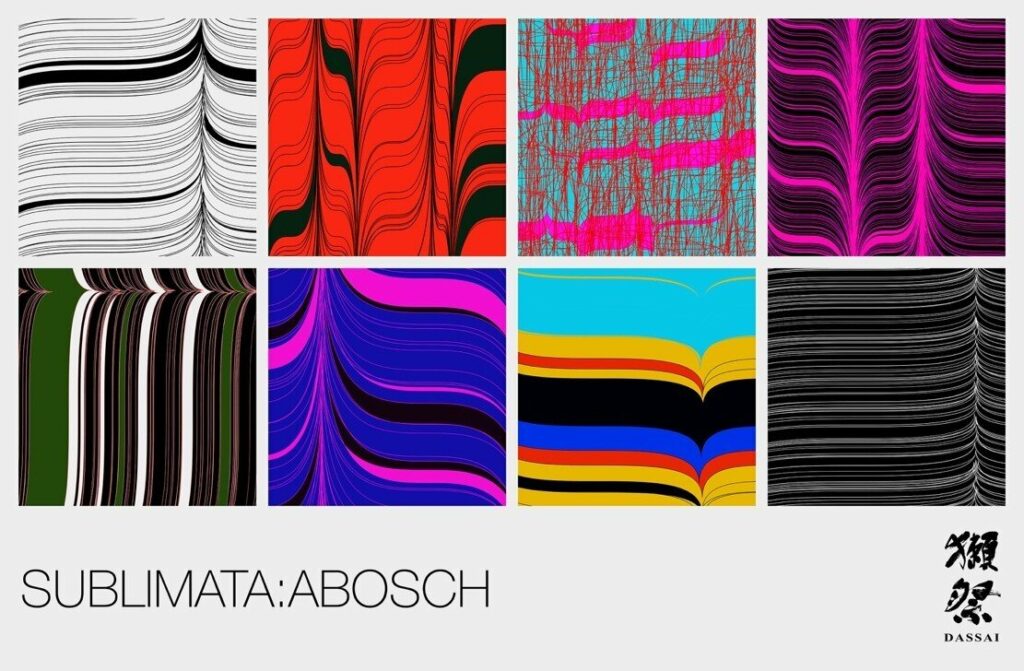
And the more I research, the more I find Kura who have carried out collaborations or made special NFT vintages. This is also the case for the Hitoutouka house with two Junmai Daiginjo vintages: “Hito” “ASCENDING” and “To-ka” “ILLUMINATING”. Two premium sakes in an incredible bottle hand-painted using the Maruyoshi-Kosaka Urushi lacquer method with a box designed by artist Shun. There is of course a serial number, written in lacquer and it is a limited edition (100 bottles). The numbers 7, 8, 77 and 88 will be even more special since platinum and gold powder are used for the engraving. You can, by clicking on the Hitoutouka link, see a video made for the occasion.
Sales prices have reached new heights… Number 1 was sold for 1,230,000 yen (or approximately 7,500 euros), numbers 7, 8, 77 and 88 were sold for 550,000 yen (or 3,350 euros) . All have already found a buyer. The “classic” box set of the two bottles otherwise sells for 330,000 yen (or approximately 2010 euros).
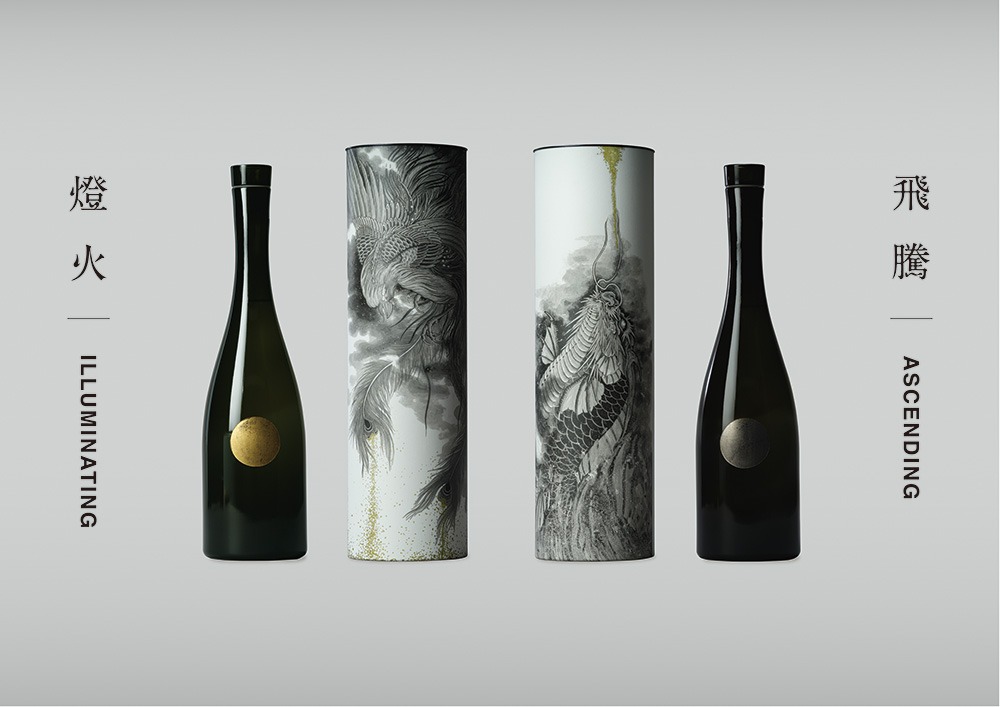
Companies have also launched, specializing in the field of sake and NFTs. Among them, SakeMeta. On the same principle as wine or spirits, buyers can therefore invest in sake bottles with an artistic virtual twin. The company is based in Melbourne, Australia and has already launched a series of works for the inauguration.
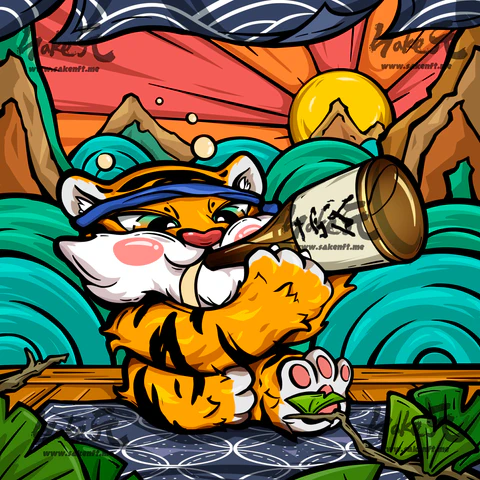
Another company, Sake World NFT with an identical principle to the previous entity. It’s a HUB that connects Japanese sake enthusiasts. On the site, buyers can buy NFTs, exchange them but also reserve sake vintages to receive them or on the contrary to store them.
Because storing your sake is a bit like the new trend in NFTs. As you know, Japanese sake is an ephemeral product. You can keep your bottle for 2/3 years but now with NFTs, you can age your sake. This is what AgedSake NFT offers for example.
I finally discovered an interesting NFT site about local Japanese experiences including sake tasting! It’s Kokyo NFT. It’s reserved for NFT holders, like a club. You can therefore buy Uka a Premium Sake NFT from Meiri Shurui. Included in the $500 price: a tour of the production house with even access to prohibited areas with a special tasting, a bottle of Uka sake and a Uka VIP card with priority purchasing rights. This site is still supported by Japan Airlines Co. Ltd (JAL), so it’s pretty serious.
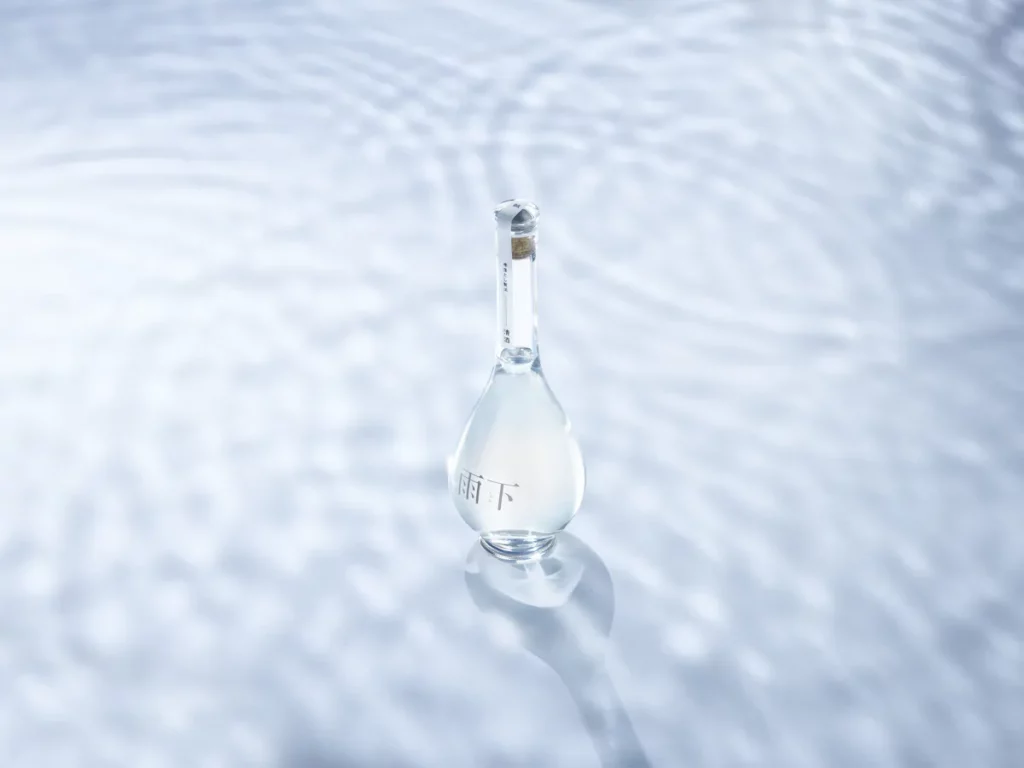
The world of NFTs is growing rapidly. Whether this is just a trend opens up a fascinating debate. In sake, NFTs seem to be gaining more and more momentum with new modes of consumption and the idea of keeping track of an ephemeral product. To be continued!
